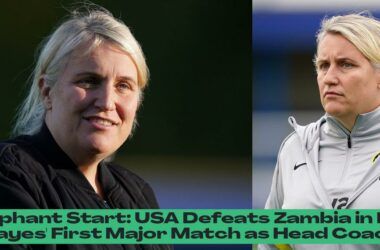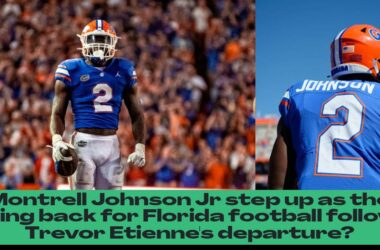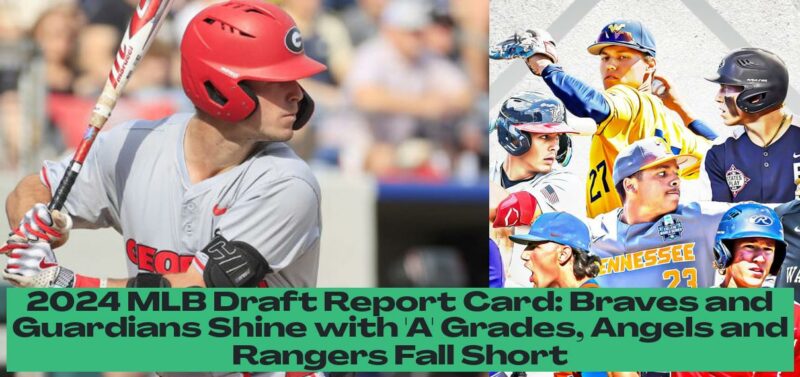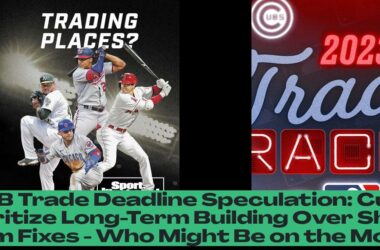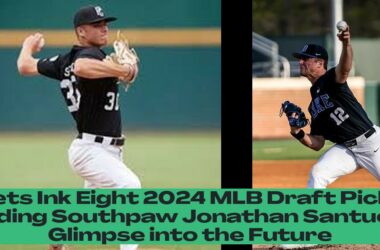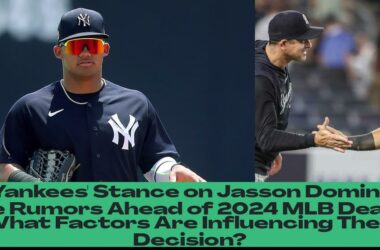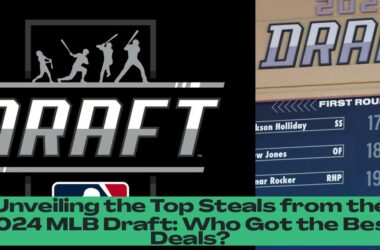2024 MLB Draft Grades for Every Team: Braves, Guardians Get ‘A’ While Angels, Rangers Miss Opportunities
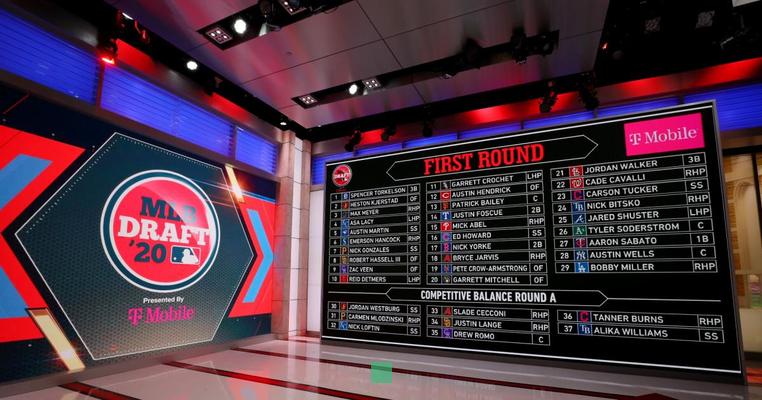
Major League Baseball’s 2024 amateur draft concluded on Tuesday, just hours before the All-Star Game and after three days of selections. The event got underway on Sunday night, when the Cleveland Guardians chose Oregon State second baseman Travis Bazzana with the first No. 1 pick in franchise history. Teams then made more than 600 additional picks over 20-plus ensuing rounds. (You can relive every single pick made by clicking here.)
MLB’s draft is unlike other sports, particularly the NFL and NBA, where these players are expected to step to the game’s highest level immediately. Even most of the first-round picks will spend considerable time in the minor leagues before debuting. Still, why should other sports get to have all the fun of rendering instant judgment on draft classes?
Below, I’ve taken a swing at grading all 30 teams’ drafts. Anyone worth their salt will tell you this is a foolish endeavor for various reasons. I agree, which is why I’ve made the grade the least important part of the piece.
Think of this more as a dressed-up reason to highlight interesting trends and draftees for each team rather than anything else and you’ll have the right idea. As for the actual grades, I went off two main criteria: 1) did these picks conform with expectations — mind you, not always a worthwhile rubric — and 2) can I see a pathway for this pick to pay dividends? I also tried to stay flexible and mindful of the greater context — e.g., some teams could only do so much given their limited picks and bonus pools.
Teams (mostly) know what they’re doing these days, so it should come as no surprise that there are a ton of A’s, B’s, and C’s, and only a couple of grades lower than that. With all the fine print out of the way, let’s get to it.
Arizona Diamondbacks
The Diamondbacks had five of the first 102 picks, but they did not make their initial selection until No. 29. Slade Caldwell is a toolsy, undersized outfielder. We don’t think Arizona’s front office minds — they’ve benefitted from taking chances on Corbin Carroll, Alek Thomas, and, dating back to their days in Boston, Mookie Betts and Andrew Benintendi. Getting Ryan Waldschmidt, an accomplished SEC outfielder with sparkling analytics who grew on scouts as the season progressed, at No. 31 seems like a potential steal. Throw in shortstop JD Dix, catcher Ivan Luciano, and righty Daniel Eagen, and I think the D-backs did well despite a late start.
The Diamondbacks’ draft strategy reflects their willingness to take risks on players with high potential, even if they come with some question marks. This approach has paid off in the past, and it’s likely to continue to do so in the future. Caldwell, Waldschmidt, and Dix all have the potential to become key pieces of the Diamondbacks’ future, and Eagen could develop into a reliable starting pitcher.
The Diamondbacks’ draft class is a good mix of high-ceiling prospects and players with a higher floor. This is a sign of a well-rounded draft strategy that should help the Diamondbacks build a competitive team for years to come.
Grade: A
Atlanta Braves
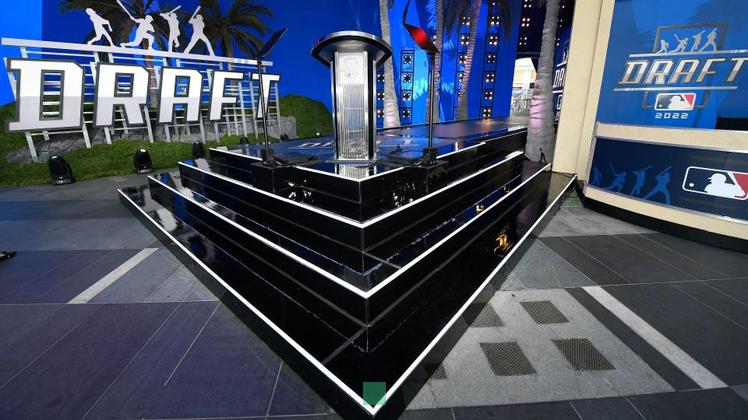
There was a lot of buzz earlier in the summer that lefty Cam Caminiti would go in the top 15 picks. The Braves had to feel lucky that he slipped to them at 24. He’s a physical southpaw with velocity and bloodlines (his cousin was the late NL MVP Ken Caminiti). If the Braves’ player development staff — somehow underrated nationally despite the team’s homegrown core — can help him refine his breaking balls, he could be the latest in a line of impressive Atlanta pitching prospects. Atlanta returned to the college pitching well for second- and third-rounders Carter Holton and Luke Sinnard. Each has mid-rotation potential, though both have experienced some arm troubles already. Getting a player with Caminiti’s upside at 24 makes this a successful draft alone, in my opinion.
The Braves have a long history of developing successful pitchers, and Caminiti has the potential to be the next in line. He has a strong arm and a good frame, and he has the potential to develop into a front-line starter. Holton and Sinnard also have the potential to become reliable starting pitchers, and they both have the potential to contribute at the major league level in the near future.
The Braves’ draft class is a testament to their ability to identify and develop talent. They have a strong track record of success, and their latest draft class is no exception. With Caminiti, Holton, and Sinnard, the Braves have added three players who have the potential to make a significant impact on their team for years to come.
Grade: A
Baltimore Orioles
The Orioles took a college-heavy approach, not drafting a prepster until round six. (As is often the case, Baltimore didn’t take a pitcher until the fourth.) Vance Honeycutt is reminiscent of Baltimore’s past selections Jud Fabian and Dylan Beavers, in that he’s a better hit tool away from being a potential All-Star-caliber player. The Orioles doubled up on Virginia players from there, popping shortstop Griff O’Ferrall and catcher/first baseman Ethan Anderson. Don’t sleep on third-round outfielder Austin Overn, either: he’s one of the fastest players in the class, even if he’ll need to prove he can survive pro-level pitching — in that respect, he reminds me of last year’s first-round pick Enrique Bradfield Jr. There’s plenty of upside here; it’s up to Baltimore’s player development staff to extract it.
The Orioles’ draft strategy is focused on finding players with high potential, regardless of their experience level. Honeycutt, O’Ferrall, and Anderson all have the potential to become key pieces of the Orioles’ future, and Overn could develop into a valuable role player.
The Orioles have a strong track record of developing young talent, and they’re hoping that their latest draft class will be no exception. Honeycutt, O’Ferrall, Anderson, and Overn all have the potential to become major league stars, and the Orioles’ player development staff will be crucial in helping them reach their full potential.
Grade: B
Boston Red Sox
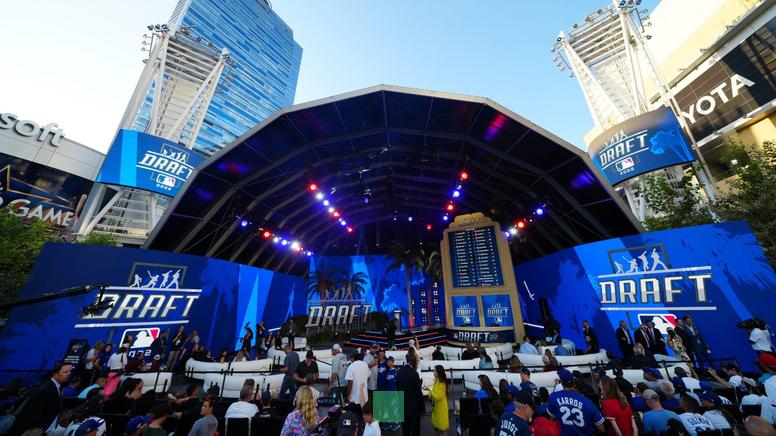
I was a little lower than others on outfielder Braden Montgomery — and that was even before he injured his ankle during the postseason. There are some enticing right-tail possibilities here because he’s a switch-hitter with thump; still, there’s enough swing-and-miss for me (and some other teams I talked to) to have had him right around where the Red Sox picked him at No. 12. The Red Sox notably stayed on campus until the eighth round. A few of those picks we’ll highlight: giant lefty Peyton Tolle, who really gets downhill and earns credit for his deep release point and deceptiveness; Brandon Neely mostly relieved in college, but found himself picked No. 86 despite that fact and a 5.13 ERA this season; and outfielder Zach Ehrhard, who comes full circle after originally being chosen by Boston out of high school. Eighth-rounder Conrad Cason won’t turn 18 until August and has the making of a good three-pitch mix. Keep an eye on him.
The Red Sox’s draft strategy is focused on finding players with high upside, even if they have some question marks. Montgomery, Tolle, Neely, and Ehrhard all have the potential to become valuable players for the Red Sox.
The Red Sox have a strong track record of developing young talent, and they’re hoping that their latest draft class will be no exception. Montgomery, Tolle, Neely, and Ehrhard all have the potential to become major league stars, and the Red Sox’s player development staff will be crucial in helping them reach their full potential.
Grade: B
Chicago Cubs
Maybe it shouldn’t have been a surprise that the Cubs popped Florida State third baseman Cam Smith. He followed a similar arc as their first-round pick from last summer, Matt Shaw, by leveling up near the end of the Cape Cod League. Smith is an interesting prospect: he struck out less often this season following a swing change, and has plenty of strength in his arm and his bat. There is a chance he’ll need to move off the hot corner, however, putting more emphasis on his offensive game porting. Second-round pick Cole Mathis was an analytics darling who had a two-way career at the College of Charleston. Fourth-rounder Ty Southisene is a quality, undersized athlete with a feel for hitting and a chance to stick at the six.
The Cubs’ draft strategy is focused on finding players with high upside, even if they have some question marks. Smith, Mathis, and Southisene all have the potential to become valuable players for the Cubs.
The Cubs have a strong track record of developing young talent, and they’re hoping that their latest draft class will be no exception. Smith, Mathis, and Southisene all have the potential to become major league stars, and the Cubs’ player development staff will be crucial in helping them reach their full potential.
Grade: B
- Braves and Guardians received ‘A’ grades in the 2024 MLB Draft, showcasing strong draft selections.
- Angels and Rangers missed opportunities in the draft, receiving lower grades compared to some other teams.
- MLB draft differs from NFL and NBA drafts as players usually spend time in the minor leagues before reaching the highest level.
- Grading all 30 teams’ drafts is a subjective task based on conforming with expectations and potential for picks to pay off.

